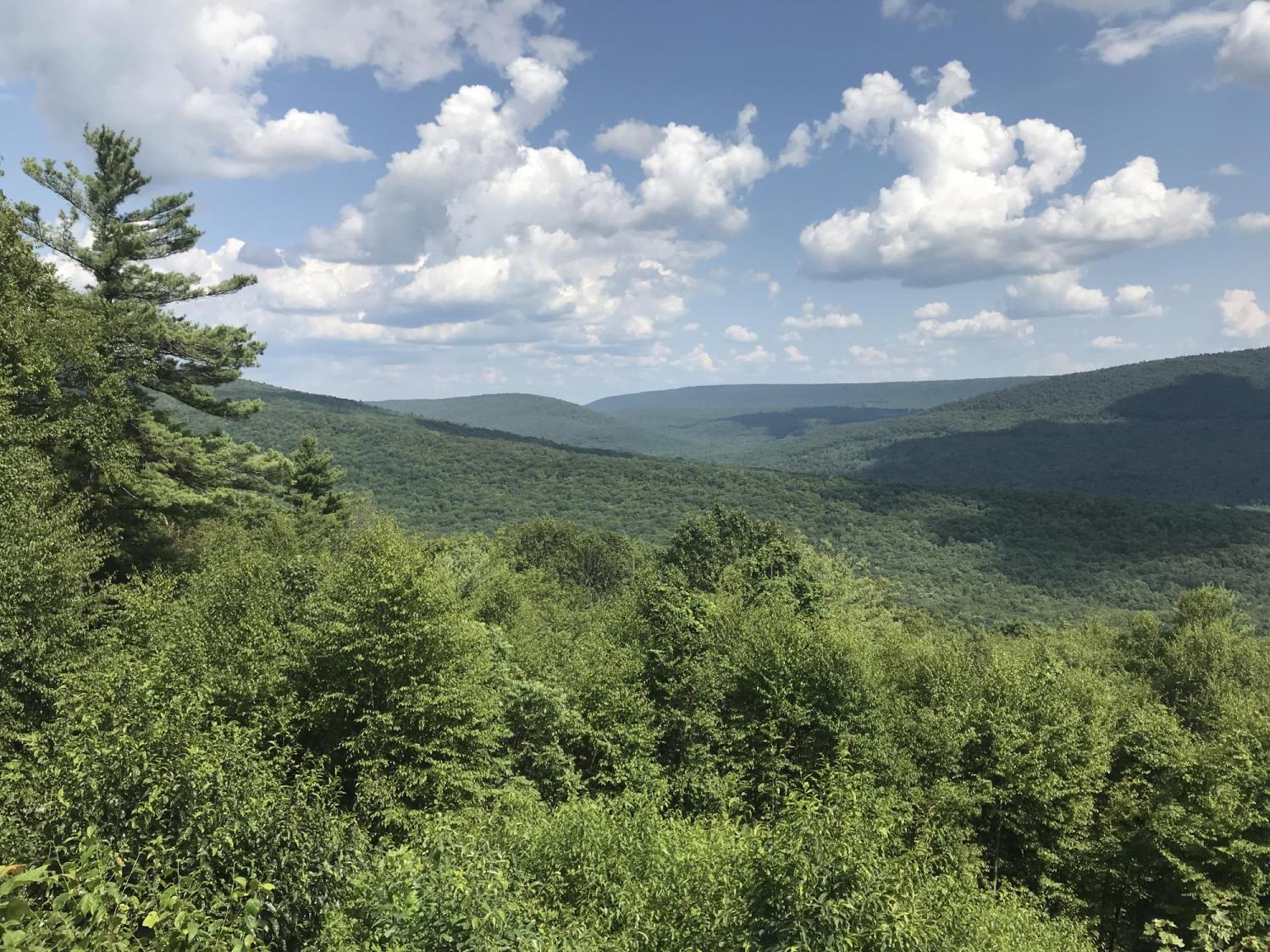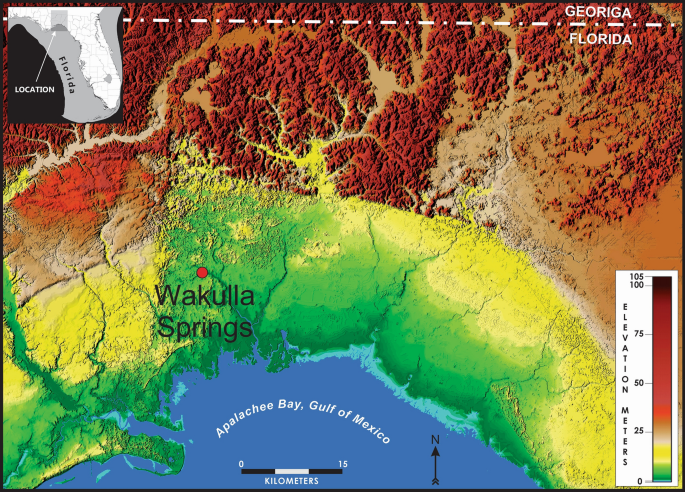2024-01-31 ペンシルベニア州立大学(PennState)
 With an analysis of a global dataset of tree tissue, a team led by Penn State researchers demonstrated that the rate of photorespiration in trees is up to two times higher in warmer climates, especially when water is limited. They found the threshold for this response in subtropical climates, like this portion of the Appalachian Ridge and Valley Region, begins to be crossed when average daytime temperatures exceed roughly 68 degrees Fahrenheit and worsens as temperatures rise further. Credit: Warren Reed / Penn State. Creative Commons
With an analysis of a global dataset of tree tissue, a team led by Penn State researchers demonstrated that the rate of photorespiration in trees is up to two times higher in warmer climates, especially when water is limited. They found the threshold for this response in subtropical climates, like this portion of the Appalachian Ridge and Valley Region, begins to be crossed when average daytime temperatures exceed roughly 68 degrees Fahrenheit and worsens as temperatures rise further. Credit: Warren Reed / Penn State. Creative Commons
◆研究チームは、全球の木の組織に関するデータセットの分析を通じて、光呼吸の速度が温暖な気候では2倍になることを実証しました。特に、昼間の平均気温が摂氏20度を超える亜熱帯気候では、この反応が始まり、気温が上昇すると悪化することがわかりました。
<関連情報>
- https://www.psu.edu/news/research/story/trees-struggle-breathe-climate-warms-researchers-find/
- https://www.pnas.org/doi/10.1073/pnas.2306736120
樹木の光呼吸の代用品としての木材中の同位体集積 Isotopic clumping in wood as a proxy for photorespiration in trees
Max K. Lloyd, Rebekah A. Stein, Daniel E. Ibarra, and Daniel A. Stolper
Proceedings of the National Academy of Sciences Published:November 6, 2023
DOI:https://doi.org/10.1073/pnas.2306736120
Significance
Photorespiration occurs when, during photosynthesis, plants consume O2 and release CO2 instead of the reverse. How photorespiration varies in the environment today is uncertain but important for validating how climate will change in the future and has changed in the distant past. We develop and apply a proxy for photorespiration rate based on the isotopic composition of a specific functional group (methoxyl) in wood. This proxy varies systematically with growing temperature and water availability of trees globally, which suggests that plants in different ecosystems photorespire different amounts and have different physiologic and metabolic responses to climate. Whether plants photorespire more or less in the future and geologic past depends on how local temperature and water availability scale with atmospheric CO2.
Abstract
Photorespiration can limit gross primary productivity in terrestrial plants. The rate of photorespiration relative to carbon fixation increases with temperature and decreases with atmospheric [CO2]. However, the extent to which this rate varies in the environment is unclear. Here, we introduce a proxy for relative photorespiration rate based on the clumped isotopic composition of methoxyl groups (R–O–CH3) in wood. Most methoxyl C–H bonds are formed either during photorespiration or the Calvin cycle and thus their isotopic composition may be sensitive to the mixing ratio of these pathways. In water-replete growing conditions, we find that the abundance of the clumped isotopologue 13CH2D correlates with temperature (18–28 °C) and atmospheric [CO2] (280–1000 ppm), consistent with a common dependence on relative photorespiration rate. When applied to a global dataset of wood, we observe global trends of isotopic clumping with climate and water availability. Clumped isotopic compositions are similar across environments with temperatures below ~18 °C. Above ~18 °C, clumped isotopic compositions in water-limited and water-replete trees increasingly diverge. We propose that trees from hotter climates photorespire substantially more than trees from cooler climates. How increased photorespiration is managed depends on water availability: water-replete trees export more photorespiratory metabolites to lignin whereas water-limited trees either export fewer overall or direct more to other sinks that mitigate water stress. These disparate trends indicate contrasting responses of photorespiration rate (and thus gross primary productivity) to a future high-[CO2] world. This work enables reconstructing photorespiration rates in the geologic past using fossil wood.



